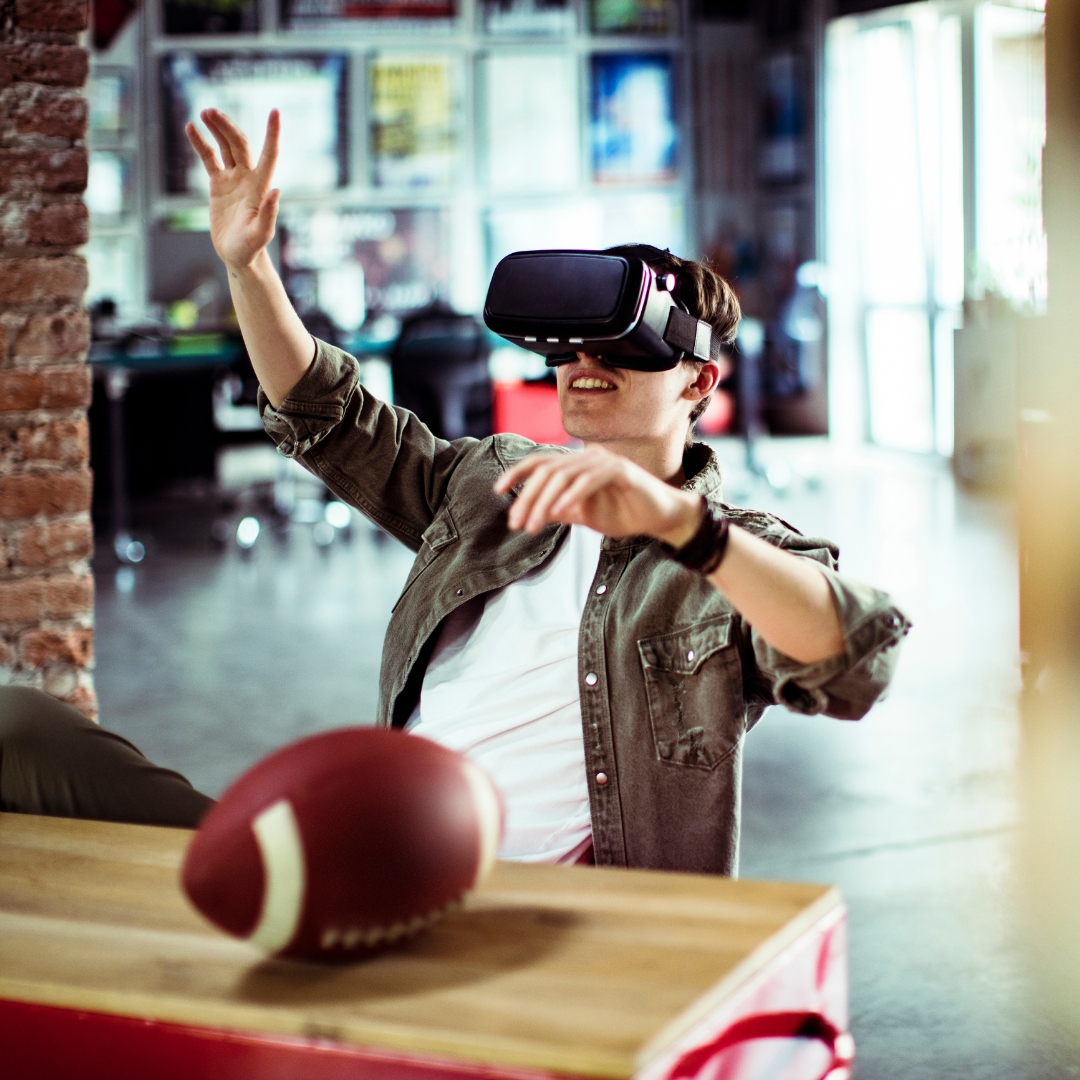
Augmented Reality (AR) is a field of computer-generated imagery (CGI). The real environment is augmented by computer-generated elements that appear to be part of the real world.
If you’re a tourist visiting a new place. In that case, you can use your smartphone’s camera to scan the surroundings and find points of interest, easily access local amenities and save money on all those expensive souvenirs. This can all be done at home with a tablet or a laptop, but how about on the go? As an example, if you visit Hawaii, you can scan the surroundings to discover the most popular tourist destinations, the most enjoyable boat tours (offered by agencies like Kai Kanani), and local food restaurants, which will enable you to maximize your leisure time. There is a possibility that tourist footfall will increase as more tourist destinations adopt such technologies.
Right now, the tourism industry is mostly focused on bringing people to your city/country, getting them to stay there for a short period at some luxurious beach apartments victoria or local hotels, and then getting them to leave. With the advent of Augmented Reality (AR), the industry can change that by providing a deeper level of immersion in the destination and the experience. A virtual vacation could be taken to a place where it feels like you’re there. This will bring in more customers and increase the amount of revenue a destination generates. However, nothing beats a real-life vacation with the sandy beaches and lapping sea, but this can be useful to those who are unable to get away to these far away countries like Australia or France.
“Virtual Reality” is one of the most exciting new technologies of the 21st century. It’s a tool that can improve the way we work, create, play, learn and interact. VR is set to reshape the world of business, education, the arts, entertainment, and health care.
As a travel industry, we keep changing the way we travel. How can other changes come to travel? The answer is Augmented Reality. The change can happen on many levels: it can be a simple way to buy tickets, it can be a way to book a hotel room, it can be a way to book a restaurant and then a tour, or it can be a way to book a hotel room, a tour, and a car, all in one.
The next big thing in tourism is that Augmented Reality is more than just a fad. The technology is already being used on airplanes, where passengers can use it to see a real-time video feed of the outside world. At this point, there’s not much that’s technically only possible with Augmented Reality.
Technology is changing the world of tourism; there’s no denying that. With the help of smartphones and apps, people can now do pretty much everything they can do at home, on an airplane, or while on a business trip, with the help of augmented reality technology. AR could also help tourists make more informed bookings for their travel and stay. For example, people who want to vacation on one of the greek islands, say Mykonos or Santorini, could check out a luxury mykonos villa or a Santorini resort using AR technology, and accordingly choose the one that they like best. Although it is still not widely used, it’s not hard to imagine a not too distant future where this is the norm.
In the past year, advancements in Augmented Reality technology have provided many new opportunities for developers, tourist agencies, and marketing organizations. Augmented reality technology has been around for more than a decade, but its true potential has yet to be realized. We are now entering an era where the industry is moving forward, and the terms AR and VR are entering the lexicon of everyday conversation. AR allows marketers to use the same virtual objects used in visual effects for movies and television to allow customers to virtually “experience” their products and services in the real world.
Augmented Reality is a type of virtual reality that adds extra layers to an image, which the user then sees through a device such as a smartphone. AR can be used in industries from education and gaming to tourism and healthcare, to name a few. The chief benefit of AR is the ability to see a completely virtual environment that is fully interactive and interactive with the real world.
Augmented Reality technology is a phenomenon that has changed how we live in the past decades. Its technology has been used in many fields. One such field that has changed the face of tourism is the automotive industry. Nowadays, car manufacturers are using Augmented Reality technology to increase sales and improve the car’s appearance. Why? Because the technology gives you the ability to look at the car from different angles and in a different light. This makes everyone involved in the buying process feel more comfortable, knowing that the car they are buying is going to be something they will love.
Similarly, virtual reality applications may also see usage in similar industries and fields. These fields include– training in combat and the airforce, driving, and other simulations. With several uses to back up its versatility, virtual reality would not just be restricted to simulations but also tourism. In fact, you would find one or many virtual worlds with real-life imagery of cities, landforms, monuments, landmarks, and more of the like in the Metaverse– a set of digital spaces that enables socialization, entertainment, business, learning, and more. As this would seem like a never-before-explored path, interested individuals could try to understand how to access the metaverse so as to enjoy what all it may have to offer.
VR and AR applications may be increasing in popularity, and this, in essence, has led to the development of other industries and revolutionized industries such as healthcare, tourism, retail, automobiles, real estate, and gambling among many others.